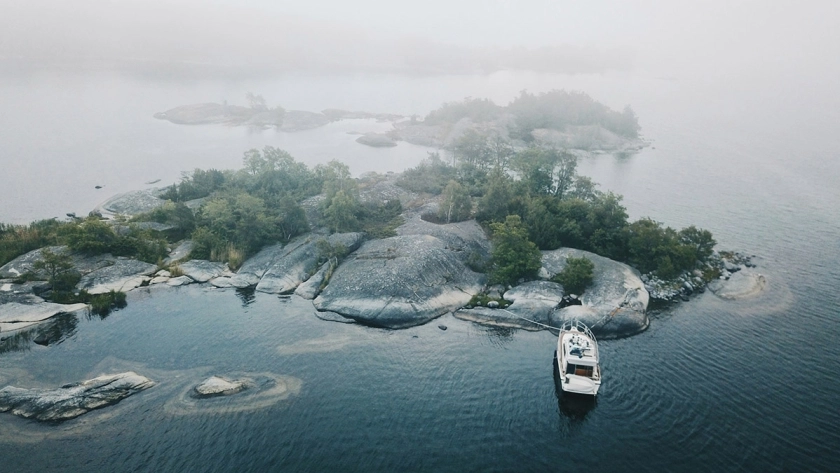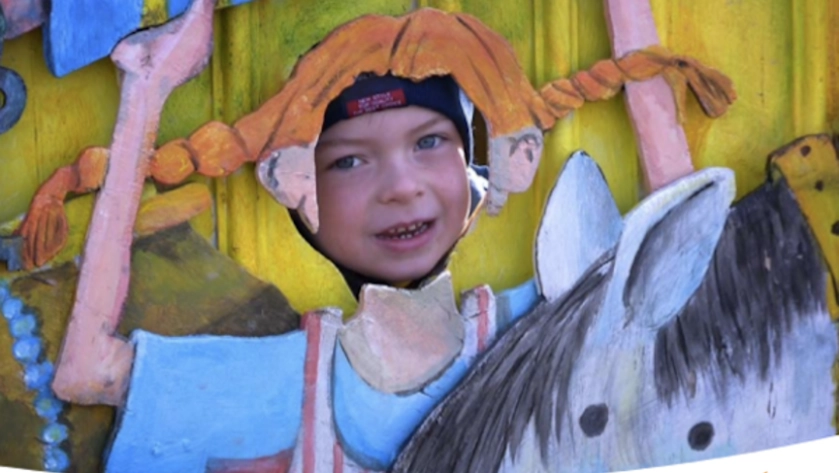
The archipelago is what makes Stockholm a unique city on water, like Venus in a world of islands. Visiting Stockholm without seeing the archipelago would be like going to Paris and not visiting the Louvre or the Eiffel Tower : something essential would be missing...
The archipelago’s location next to Stockholm makes it an invaluable recreational area. The landscape of the nearly 30 000 islands is highly diverse: from large islands with lush green vegetation and rich wildlife (the inner archipelago), to small, scattered islets with sparse vegetation and bare granite (the outer archipelago).
Moreover, the inhabitants of the archipelago have developed their own rich and complex culture, distinct from that of the city and its surroundings. They were, and still are, versatile and multi-talented, brave individuals, as neither farming nor fishing alone could support them: their livelihoods had to be supplemented with hunting, guarding military posts, piloting ships, repairing ships and perhaps some less legal activities such as moonshining and smuggling.
Today, the archipelago is a vibrant cultural environment where people work hard to create their own year-round job opportunities and, against all odds, continue living on the islands.
August Strindberg and Evert Taube, through their writings, turned the life of the island people into a national heritage. What are we waiting for to make the archipelago an international destination?
Here comes our favorite islands: "So close and yet so different", Welcome to the archipelago!
VAXHOLM, the “capital” of the archipelago
The most well-known and most visited of the archipelago’s islands is also the easiest to reach by public transportation (1 hour by boat and about the same by subway/bus).
Historically, the island was only permanently inhabited by order of King Gustav Vasa, who in 1525 wanted to establish a fortress there to defend access to the Swedish capital.
When it ceased to play a key military role, the village of Vaxholm attracted many wealthy Stockholmers who wanted to spend the summer in the healthy, fresh air of the archipelago. Even today, the town’s population triples in the summer.

Among its attractions are a renowned hotel-restaurant (Waxholms Hotell), ice cream parlors, a preserved wooden house district, and a very popular early 1900s-style café, Hembygdsgårds Café (open from late April to mid-September).
Practical Information
It is possible to get there year-round:
- By bus from the Tekniska Högskolan metro station: Take bus 670 to its final stop
- By boat from the Strömkajen quay (in front of the Grand Hotel): operated by the Waxholmsbolaget company. As of April 30, 2025, the same fare and ticket apply as for the rest of Stockholm’s public transport network.
Learn more about Vaxholm
Book your private guided tour to Vaxholm with Stockholm à la Carte here !
GRINDA, strolling and swimming
The island has been inhabited since the Middle Ages because it has some good agricultural land. In fact, a farm is still located there, in the middle of what has now become a nature reserve.
In 1906, the director of the Nobel Foundation bought the island to build a summer residence (at the time considered the largest and most luxurious villa in the archipelago, now it’s a restaurant and inn, Grinda Värdshus). Stockholm then bought the entire island in 1960 to turn it into a seaside destination for everyone. The cabins, marina, and famous sandy beach date from this period.
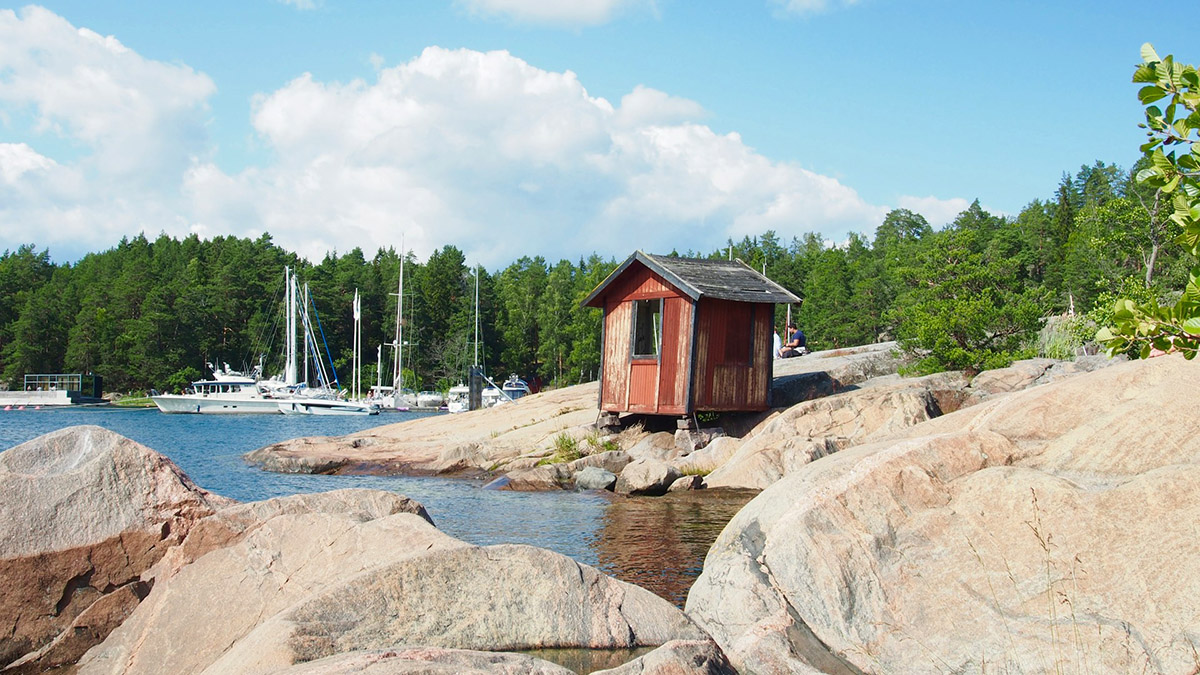
The Skärgårdstiftelsen Foundation maintains beautiful marked trails between the north and south harbors, and although the island is quite popular in summer, the Grinda farm (Grinda gård) is open to visitors year-round.
Practical Information
It is possible to reach the island year-round:
By boat: public transport via the Waxholmsbolaget company (travel time between 1.5 and 2 hours, departure from Strömkajen in front of the Grand Hotel), or, during high season only, the private Cinderella company (1 hour 25 minutes, departure from Strandvägen).
Learn more about Grinda
UTÖ, history and nature
This is where Sweden’s oldest mine is located. Iron, zinc, and silver were mined here from the 12th century until 1879, and it was also the site where lithium was first discovered in Europe (1817). Today, many traces of this mining activity remain: the mill, workers’ housing, the mine entrances, and the director’s office, which has since become a restaurant (Utö Värdhus).
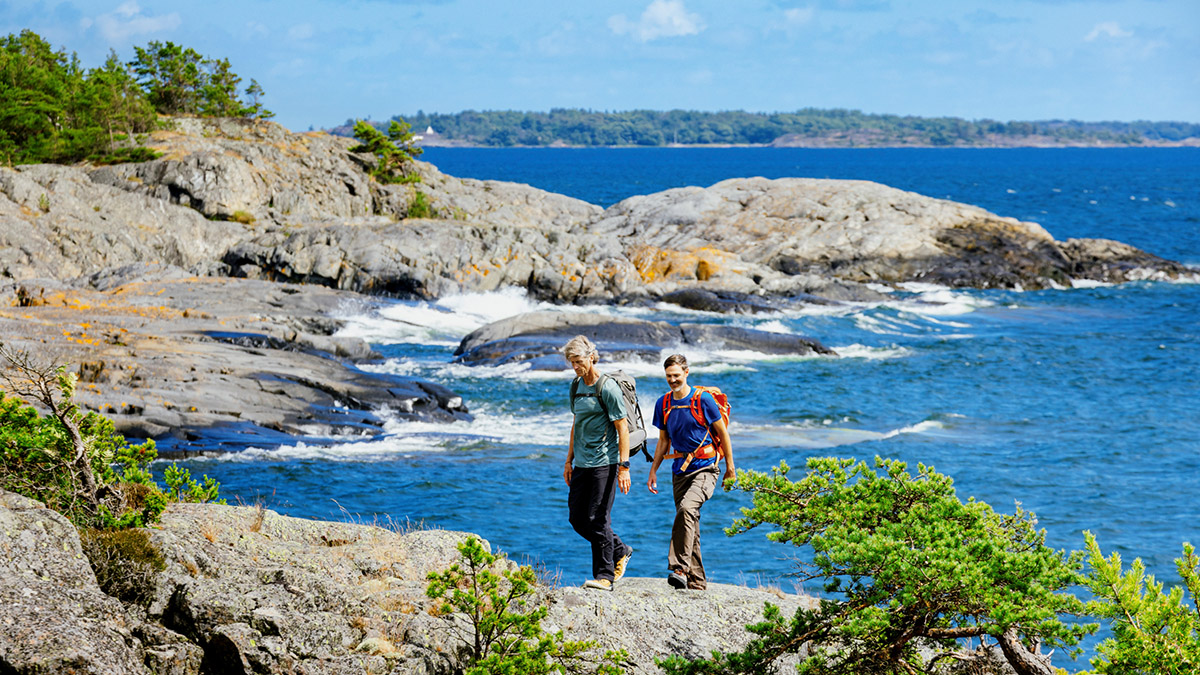
Credits: Roger Borgelid/imagebank.sweden.se
With Sandhamn and Vaxholm, Utö is the most visited island in the archipelago, but it has managed to retain its authenticity while offering everything that vacationers enjoy: preserved nature, beaches, shopping, good restaurants, culture and history. A day trip allows you to combine the islands of UTÖ and ÅLÖ (in season, excellent fish restaurant, Båtshaket) and then return to Stockholm by train via Nynäshamn.
Practical Information
It is possible to reach the island year-round:
- Take the pendeltåg (commuter train) to Västerhaninge, then bus 846 to Årsta Brygga. Afterward, take the boat from the port to Utö (operated by Waxholmsbolaget, crossing time nearly 1 hour).
- In summer only: Departures also from Strömkajen (in front of the Grand Hotel), operated by Waxholmsbolaget, with a journey time of 3.5 hours.
Learn more about Utö
FINNHAMN the Green
Formerly a pasture island, it takes its name from the many Finnish boats that sought shelter here while waiting for favorable conditions to return to Finland. The organic farm of Idholmen continues traditional agricultural activities, and an inn provides accommodation for visitors from late May to late September. This inn is housed in a beautiful early 20th-century villa, built by the architect of the Grand Hotel for a wealthy merchant.
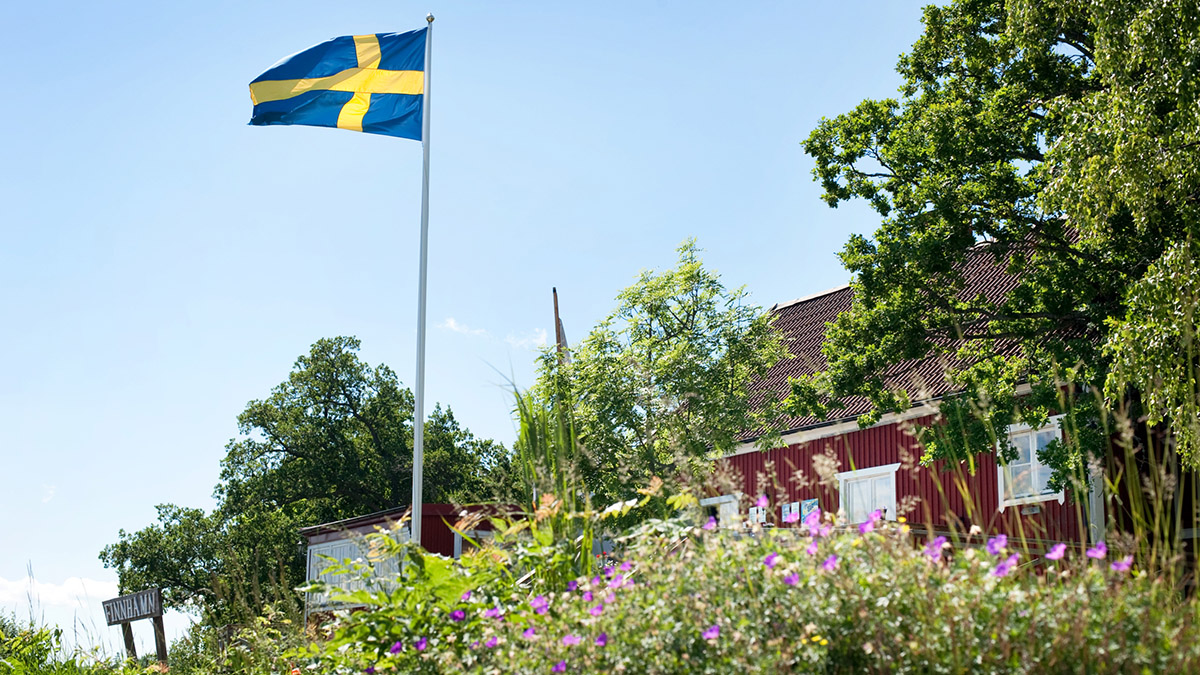 Credits: Sara de Basly/imagebank.sweden.se
Credits: Sara de Basly/imagebank.sweden.se
Moreover, you can pitch your tent, walk in the nature reserve, rent boats and kayaks, enjoy the sauna and the sea…
Practical Information
It is possible to reach the island year-round:
By boat: operated by Waxholmsbolaget, departing from Strömkajen (in front of the Grand Hotel), crossing time of over 3.5 hours.
Learn more about Finnhamn
SANDHAMN, the fashionable beach destination
One of the only sandy islands in the entire archipelago, hence the name Sandö (sand in Swedish) and its main locality. Now well-known throughout Europe thanks to the crime novels by Viveca Sten (and the TV series Murders at Sandhamn based on them), it has always attracted high society and their sailboats.
Among the arrival ports for the international Gotland Runt sailing race, it has a relatively upscale character in the summer but regains its authenticity in the off-season when only 100 residents remain. Despite its distance from Stockholm (3 hours by boat), located in the outer archipelago at the doorstep of the open sea, it is easily accessible by public transport.
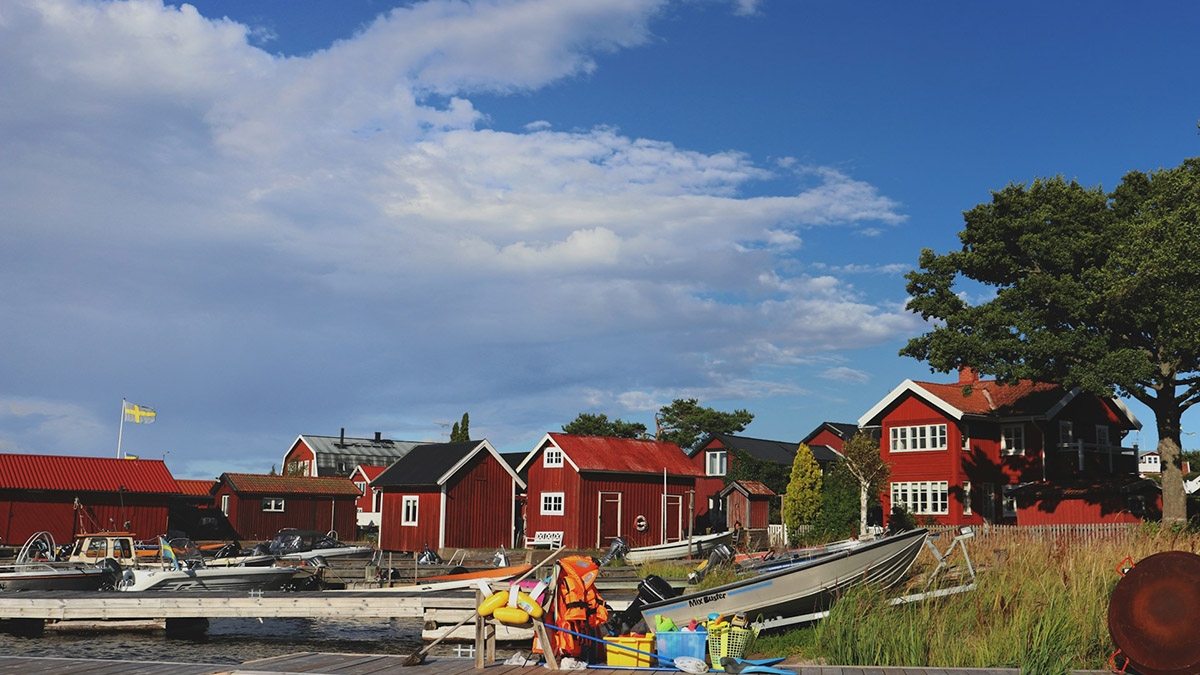
The island offers beautiful pine forests, large sandy beaches, restaurants (Sandhamns Värshus, Seglarhotellet, Dykbaren in summer…), and a supermarket open year-round, along with a bakery in the summer. It is also culturally rich as it was long (and partly still is) the residence of the archipelago pilots as well as the customs officers, and the painted wooden houses have intertwined for centuries.
Practical Information
It is possible to reach the island year-round:
- By bus: bus 433 or 434 from Stockholm Slussen to Stavsnäs (about 55 minutes), then boat from Stavsnäs to Sandhamn (Waxholmsbolaget, 1 hour, or Stavsnäs Båttaxi, 35 minutes)
- In summer only, boat: departures from central Stockholm (Strandvägen) with the Cinderella company, crossing time of 2h45/3h. A few departures with the steamboats of Waxholmsbolaget (Strömkajen, 3h30).
Learn more about Sandhamn
MÖJA and its archipelago
Once known for its fishermen (up to 60) and strawberry fields, Möja is now a group of family-oriented and active islands: there is a gym, two supermarkets serving approximately 280 year-round residents, as well as inns and restaurants, bike and kayak rentals, a farm with sheep and ostriches, and numerous walking paths through the two nature reserves.
 Dick Rochester Hamnen vid Löka på Möja, Stockholms skärgård
Dick Rochester Hamnen vid Löka på Möja, Stockholms skärgård
These picturesque villages (Löka by, Berg…) and former fishing ports invite you to stroll, and the inland lakes are perfect for swimming. The locals organize many events, making Möja always lively.
Practical Information
It’s possible to visit year-round:
- By bus: Bus 434 from Stockholm Slussen to Sollenkroka (1h10), then boat from Waxholmsbolaget (1h30).
- April to December only, boat: Departing from Strömkajen (in front of the Grand Hotel), crossing lasts almost 4 hours.
Learn more about Möja
NÄMDÖ, the Viking Island
The Nämdö archipelago is often overlooked by visitors, even Swedes, but it has a lot of charm and interest. It is a paradise for botanists, as the area is rich in rare plants and butterflies, and it’s also home to moose, deer, roe deer, eagles, and other seabirds. For culture and history enthusiasts, it’s worth noting that Nämdö was known and used during the Viking era, as evidenced by many place names, the myth of a beam from an ancient chapel inscribed with the date 838, and burial mounds that may date back to that time. A marked trail with informative signs makes the walk both interesting and athletic. At the highest point of the main island (42 m), there is an observation tower with a fantastic view of the entire archipelago.
 Credits: www.visitvarmdo.se
Credits: www.visitvarmdo.se
A brand-new marine national park hopes to attract boating and kayaking enthusiasts among the many preserved islands.
Practical Information
It’s possible to visit year-round:
Bus 433 or 434 from Stockholm Slussen to Stavsnäs (around 55 minutes), then boat from Stavsnäs to Nämdö (5 different ports, Waxholmsbolaget 1h).
Learn more about Nämdö
We can help you book a private boat to the archipelago. Contact us !
GÄLLNÖ and KARKLÖ, Adventure by the Water
A paradise for boat owners, these islands have many sheltered bays to dock. A hiking trail crosses the nature reserve and offers a day of adventure with a short rowboat crossing and the discovery of rich fauna and flora. You can even find a giant kettle from the Ice Age. In the warmer months, a restaurant under the trees (Gällnö Handelsbod) lets you deliciously recover from your explorations.

The old school has been turned into an inn, camping opportunities are good, and three farms maintain the open and authentic landscapes.
Practical Information
It’s possible to visit year-round:
- Bus 437 from Stockholm Slussen to Lillsved, then boat from Waxholmsbolaget to Karklö. Or Bus 438 from Stockholm Slussen to Boda, then boat from Waxholmsbolaget to Gällnö and Karklö.
- Boat from April to December: Departing from Strömkajen (in front of the Grand Hotel), Waxholmsbolaget, crossing lasts a bit more than 2 hours.
Learn more about Gällnö and Karklö
SVARTSÖ, the Authentic Island
Svartsö, 8 km long and 1.5 km wide, can be explored on foot or by bike all year round. It has a supermarket selling local products, excellent restaurants (Svartsö Krog and Sågen), an inn, and a glamping site. Even though the school has just closed, agricultural activities and shipyards keep Svartsö an active and lively island, where 65 year-round residents welcome nearly 1000 people in summer.

The forests shade the walking paths, which offer various charms, two inland lakes for swimming, and opportunities to encounter beavers, roe deer, and moose.
Practical Information
It’s possible to visit year-round:
- By bus: Bus 438 from Stockholm Slussen to Boda, then boat from Waxholmsbolaget to Alsvik (main port on Svartsö).
- By boat from April to December: Departing from Strömkajen (in front of the Grand Hotel), Waxholmsbolaget, crossing lasts a bit more than 3 hours.
Learn more about Svartsö
BJÖRNÖ (Ingarö - Värmdö)
This beautiful nature reserve is very easy to access, making it popular for short excursions from Stockholm. Several hiking trails allow you to explore the island and its heritage while enjoying its pristine nature.
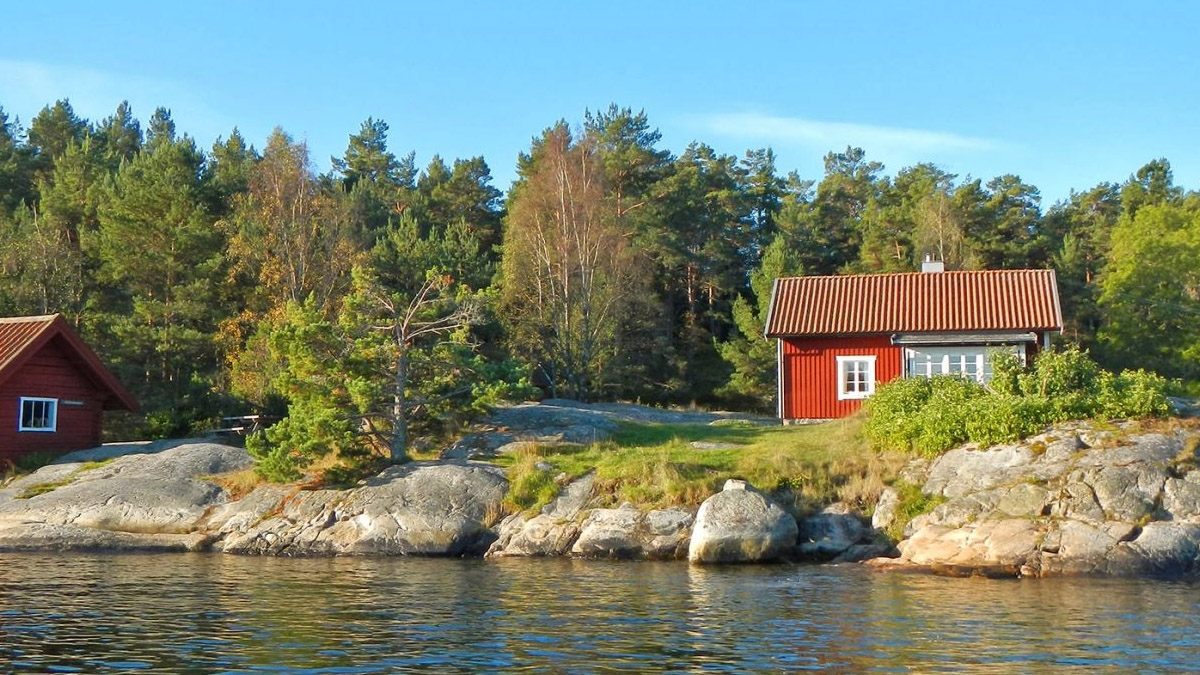 Credits: Johan Fredriksson
Credits: Johan Fredriksson
There is something for everyone: beaches, a protected diving area, kayak rentals, an observation tower, and the possibility of camping and picnicking.
Practical Information
It is accessible year-round:
- Bus: 428X from Stockholm Slussen to Björnö Naturreservat or: Bus 474 to Värmdö Marknad, then bus 428 to Björnö Naturreservat
Learn more about Björnö
RUNMARÖ the Inspirational Island
Nine ponds rich in crayfish, 22 types of orchids, some of which are carnivorous, and the rare Apollo butterfly are just some of the treasures of this island. Its rich limestone content made it historically a sought-after island, coveted by monasteries and later by kings for the lime kilns needed to build the palaces of Stockholm.
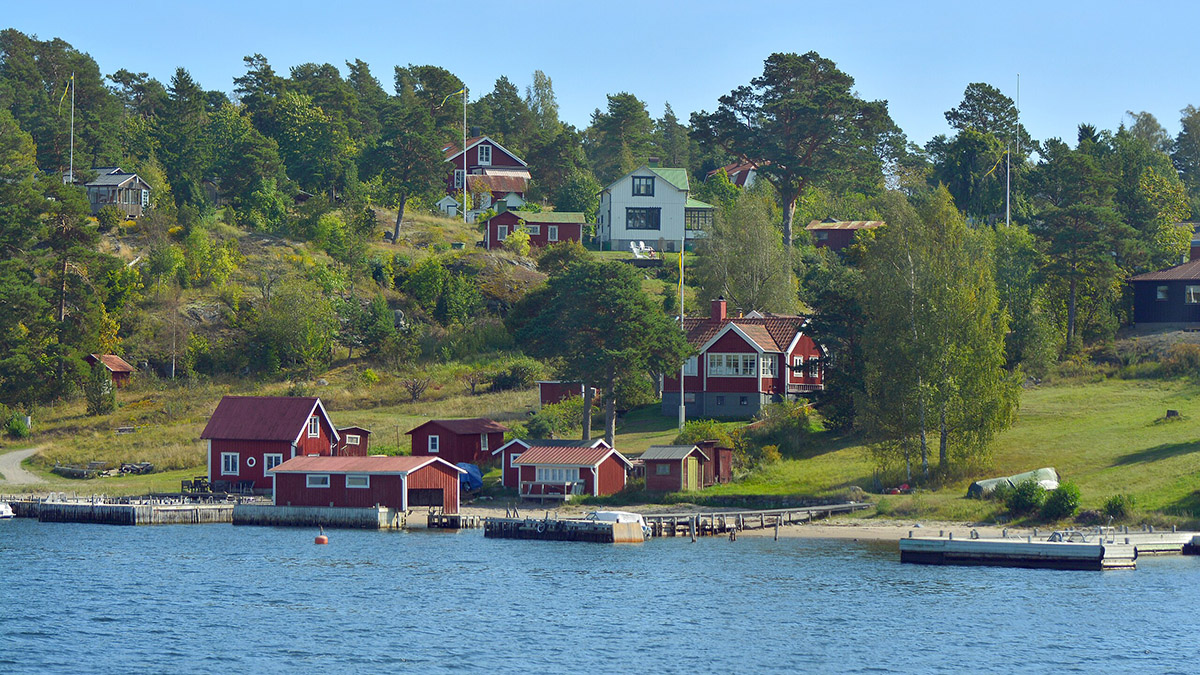
Credits: Johan Fredriksson
August Strindberg is one of many Swedish artists who spent their summers here and were inspired by its unique nature. The island continues to influence literature as the Swedish Writers' Union (Svenska Författarförbundet) owns huts for rent by its members in literary residence.
Practical Information
It is accessible year-round:
Bus: 433 or 434 from Stockholm Slussen to Stavsnäs (about 55 minutes), then boat from Stavsnäs to Styrsvik, Gatan, or Långvik (3 ports on Runmarö)
Learn more about Runmarö
LANSORT – the Southerner
Öja, as it is officially known, is a long, arid island, famous for its botanical rarities and its ornithological station. It has been a nature reserve since 1985. Located at the southern entrance of the archipelago, Landsort became a pilot station as early as 1535, although it had been inhabited well before the 15th century. In 1630, the island received its own lighthouse, the first on the east coast. Destroyed by fire, it was replaced in 1678 by the current lighthouse, still in operation today, making it the oldest lighthouse in Sweden and the most powerful in the archipelago, with a light range of 34 km. Beneath the lighthouse are facilities carved into the rock from World War II.
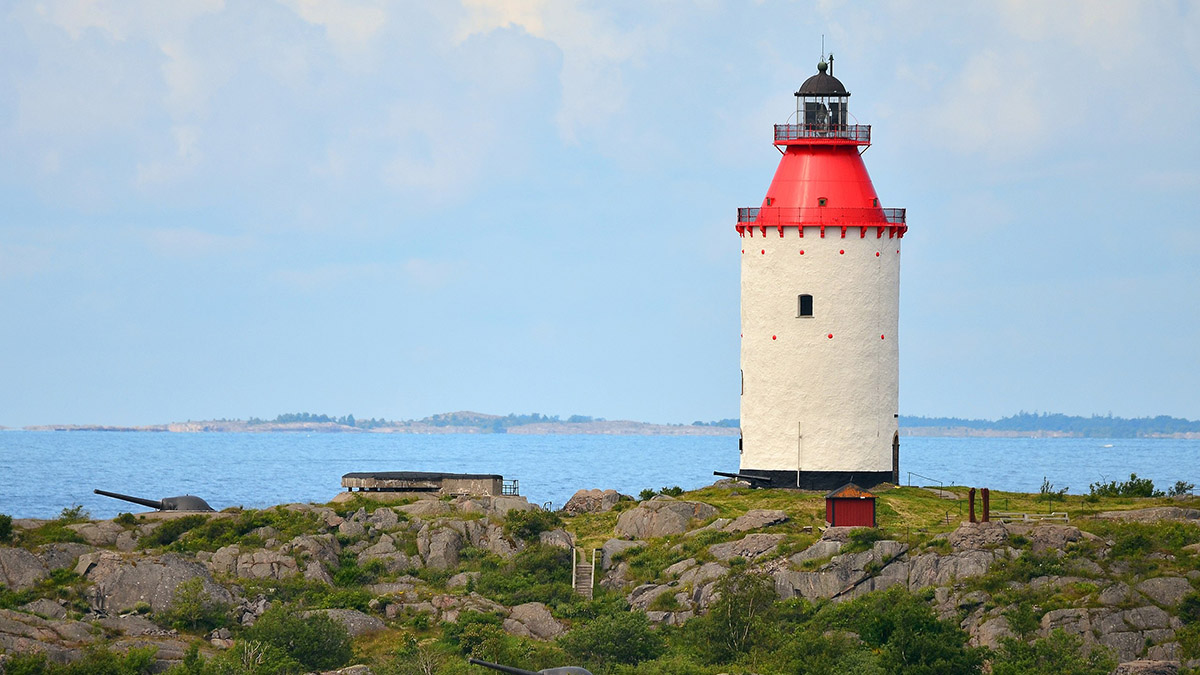 Credits: Johan Fredriksson
Credits: Johan Fredriksson
The lack of cultivable land was compensated for by fishing, customs services, the telegraph, the pilot station, and the lighthouse. Today, the lighthouse is automated, there are no longer any maritime pilots on the island, and the customs station has disappeared, but there is still a permanent population thanks to tourism and a call center.
Practical Information
It is accessible year-round:
Train: Pendeltåg to Nynäsgård + bus 852 to Ankarudden. Then boat from the harbor to Landsort (Waxholmsbolaget, 30-minute crossing)
Learn more about Landsort
Convinced? Let us create the excusion of your dreams in the archipelago !
 en
en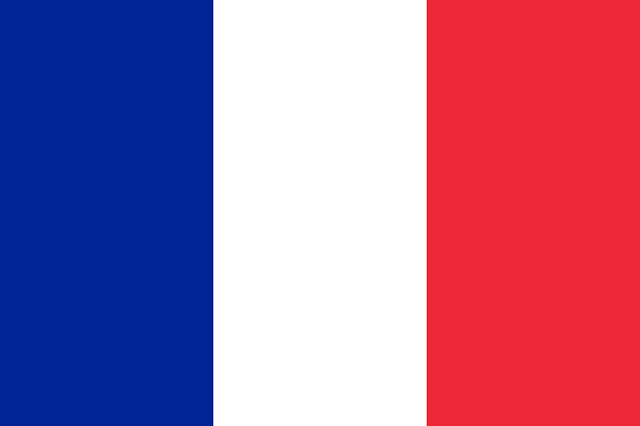 FR
FR IT
IT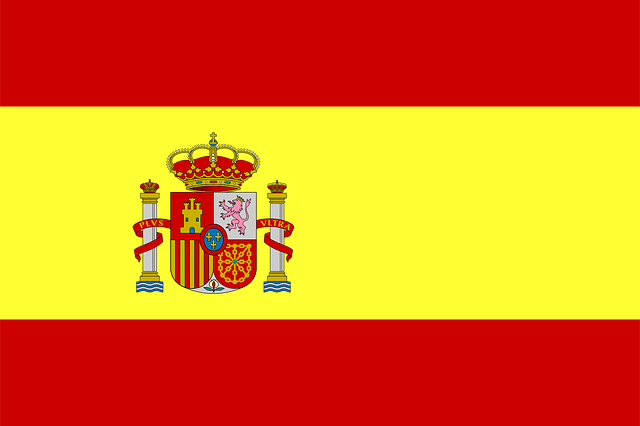 ES
ES
